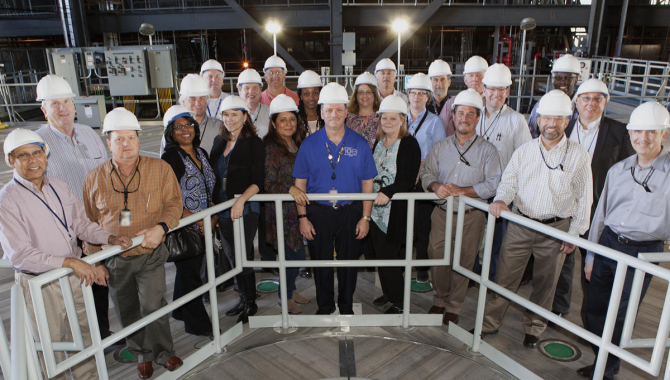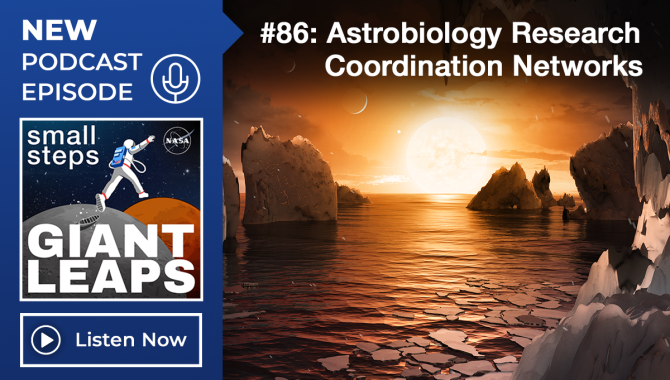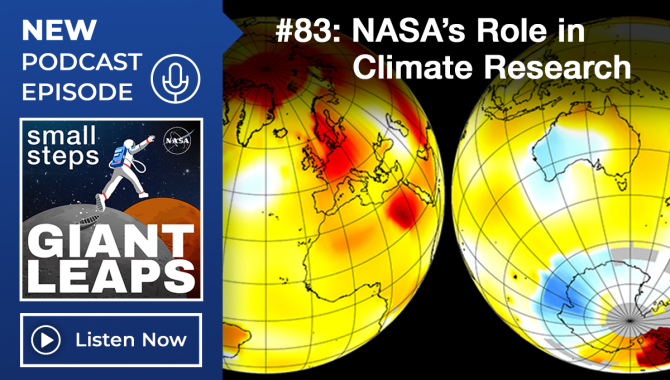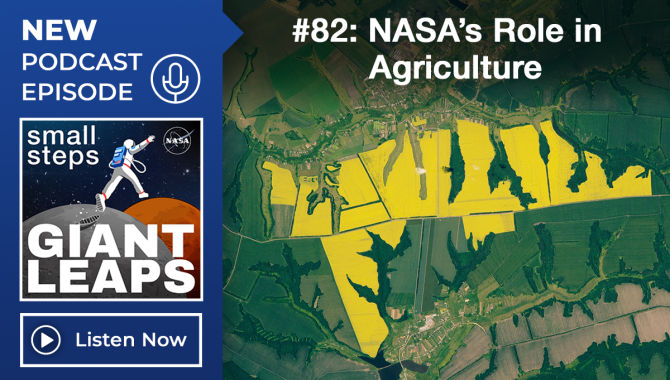
The Nature Conservancy’s Kim Hall discusses the use of NASA Earth observation data to map animal movement and patterns.

The Nature Conservancy’s Kim Hall discusses the use of NASA Earth observation data to map animal movement and patterns.

New technologies and their risks are difficult to characterize and provide important opportunities for lessons learned and process improvements.

NuSTAR Principal Investigator Fiona Harrison discusses NASA’s Nuclear Spectroscopic Telescope Array.

A program/project manager should spend time building relationships and interacting with their team in the work environment.

NASA Astrobiology Program Senior Scientist Mary Voytek discusses Research Coordination Networks.

NASA Chief Scientist and Senior Climate Advisor Kate Calvin discusses the agency’s role in climate research.

NASA Water Resources and Agriculture Program Manager Brad Doorn discusses how NASA tools and data help solve big problems on Earth.

An important leadership skill is to be able to recognize your strengths and limitations and obtain guidance from the right experts.